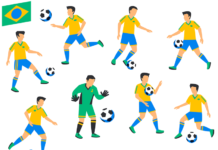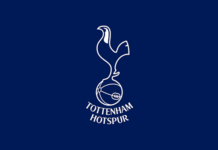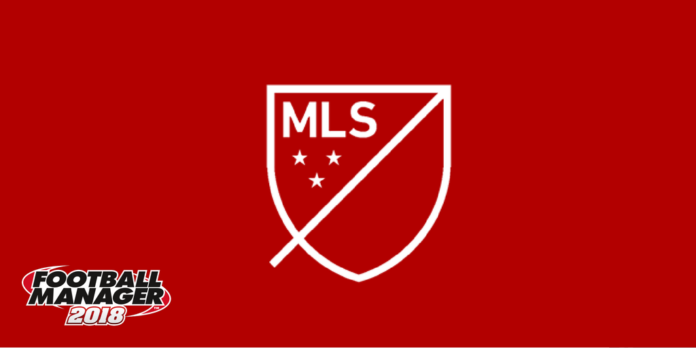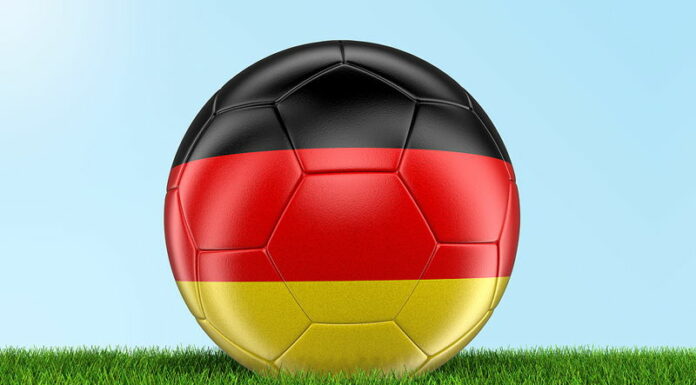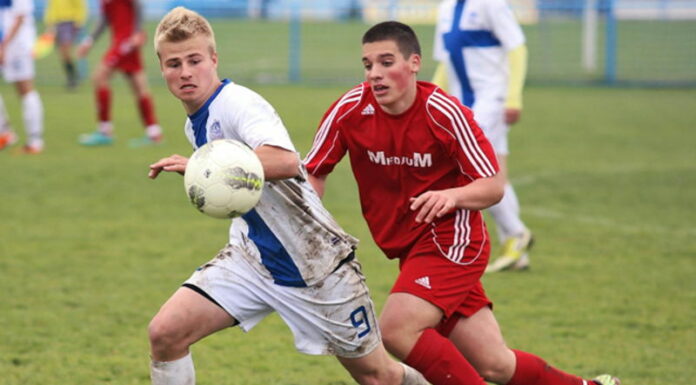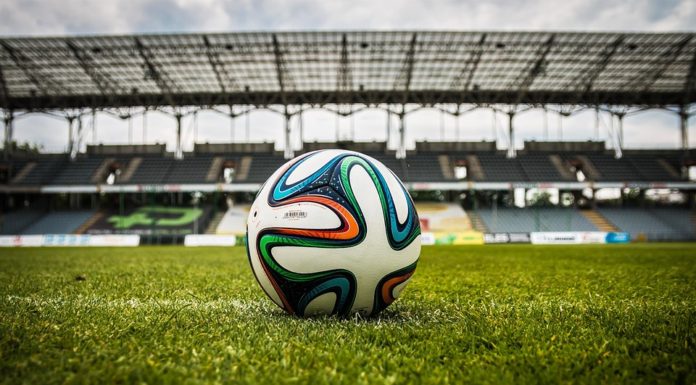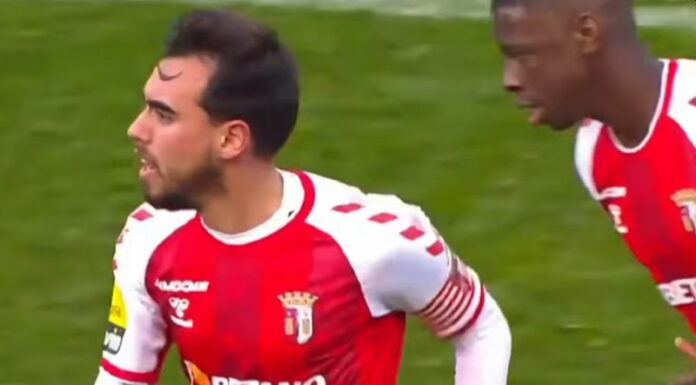Hello, everyone! I’m back with a quick once-off article that’s not about Earning Our Stripes and van Oortveld’s journey with MSV Duisburg.
A couple of months ago when Football Manager 2018 was released, I wrote a massive three-part guide covering everything you needed to know about managing an MLS team, and it got a bigger response than I had anticipated, with people coming to me on the Football Manager slack and on my Twitter account to ask questions about the league. If you want a very comprehensive and information-heavy article to read, the links to part one, part two, and part three are provided here.
Though informative, it was a bit of an unwieldy beast to navigate, so with some collaboration and ideas from Swansea boss @CharlieTangoFM on Slack, I have created a list of the five most important things to know about managing a Major League Soccer team, so this post can be considered the TL;DR version of the MLS league guide!
The five things we’re going to cover in this guide are contract types, squad rules, allocation money, trades, and drafts. If you know these five concepts, you can make your way through an MLS season!
1. Contracts
The 2017 MLS season allows each team a salary cap of $3,845,000 per annum. While most users, myself included, are more used to going on a per week wage calculation, for the purposes of this guide, we’re going to use yearly figure, as that’s the standard for MLS.
The salary cap is applied only to the “on budget” senior players. These are going to be up to 20 players that you would consider the regular “core” of your team, and the maximum wage that can be paid to an individual player without using allocation money to buy down their contract is $480,635 p/a.
The “off budget” players – your 10 supplemental and reserve players, do not count against the team’s salary cap and are typically the players of lesser quality that will serve as backups to the more regular players. The four supplemental players must earn at least $65,000 p/a, the senior minimum salary, and reserves must earn at least $53,000 p/a, which is the reserve minimum salary.
There are two unique contracts that you’ll see in a Major League Soccer team, one of which you can create yourself and one the game creates and provides via draft and trade opportunities.
The biggest and widely understood contract type is one known as the Designated Player contract, and it’s designed to enable you to pay the annual salary of some of the biggest signings you’ll be making. This rule was implemented for the 2007 season to enable the Los Angeles Galaxy to sign Manchester United icon David Beckham to the team.

When a player is given the “Designated Player” contract, only the $480,635 p/a maximum senior wage is applied to the team’s salary cap, but the salary itself can be as high as the club can support with its own finances. MLS teams are allocated two Designated Player slots per season, though they can purchase a third from the MLS for $150,000 in allocation money, which is then redistributed to other teams in the leagues for the next season as part of their allocation fund.
The other unique contract for MLS is the Generation Adidas contract. Generation Adidas is a program designed to foster the talent of some of the brightest kids in wanting to make it into the league, and these players have the potential to develop into some of the best in the league. You can not create a Generation Adidas player yourself, they are newgens created specifically to be Generation Adidas players. You can only acquire these players during the annual SuperDraft or by trading something to another team to acquire them.
2. Squad Rules
A Major League Soccer squad consists of a bare minimum of 15 players in the match squad, but no more than 30 players, all of whom are eligible to be called up for your matchday squad. Major League Soccer allocates eight international player slots to each team in the league. These slots are tradable in yearly increments, so some teams can be allowed more slots in a season and some can be allowed less.
For the purposes of roster composition, a domestic player for a US-based team is someone with US nationality or permanent residency, which means FM18 looks at players with USA as a nationality and classifies them as domestic players for roster purposes.
For a Canadian team, a domestic player is a US domestic player or a Canadian national. Observe that Canadian MLS teams can use both nationalities for domestic players, but for American teams, Canadians are internationals.
3. Allocation Money
Major League Soccer distributes an annual allocation fund to each of the teams to serve as funds to transfer in players from abroad, be used to cover agent fees, to use in incentives and options with player contracts, as a part of a trade between teams, and to pay it back to MLS in order to buy down the salary cap impact of higher-value players.
4. Trades
To transfer in players who are already in an MLS side, we have a system of “trading” whereas you can trade a player for the rights to another player, for allocation money, for a team’s pick on any given round of the SuperDraft for the next couple of years, or for an international player slot, among other things, with an example shown the below image. Or, you can make a trade that doesn’t involve a player at all, by trading draft picks for allocation money, or for an international slot, or whatever combination you feel like offering.
The precise value of items like a draft pick or an international slot can vary, and it often takes practice to determine what a fair value can be considered for something like a draft pick. For instance, a first-round draft pick from a team that is closer to the top of the list to pick has more value than a pick in the second round or the last round, since by that point the best players are going to be gone, and it can be advantageous to have several picks in one round. Picks a couple of years into the future, while valuable on their own, also have less value the farther away from the date you are at, but can be a good longer-term bargaining chip to hold on to for a later deal.
If you have a weaker team and need good quality right away, a pick that’s near the top of the list can be a good piece of a deal to a better performing team for one of their already developed players, whereas a youth-orientated manager like me happens to have no problem trading SuperDraft picks, because the return on a player I picked up in his 20s isn’t as rewarding to me as training my own academy youth, and I’d rather use those picks to get the rights to youth players or as part of a deal to secure a good senior player if I need to have one
5. Drafts
SuperDraft
Before we get into how the SuperDraft functions, there’s one easy-to-understand concept I need to go over really fast called the “allocation ranking”.
For the SuperDraft, the allocation ranking is as follows: expansion clubs get the first pick of players in their inaugural season, the teams that didn’t make the playoffs are reverse ordered by their record in the Supporters’ Shield, teams that made the playoffs are placed in the order that they were eliminated, and the runner-up and the winner of the MLS Cup are given the penultimate and last picks respectively.
Basically, new teams or last place goes first, and the winner goes last. This is one of the ways that the MLS structure is designed to encourage competitiveness and parity, by ensuring the worst teams can potentially access the best players first. Note that a team’s pick in any given round of the SuperDraft can be traded away to other MLS teams, so teams can potentially make draft picks out of order or can make multiple picks in one round, and if a team trades that year’s pick away in a deal that doesn’t involve a pick in return, they will miss that round and have to wait until one where they still have a pick.
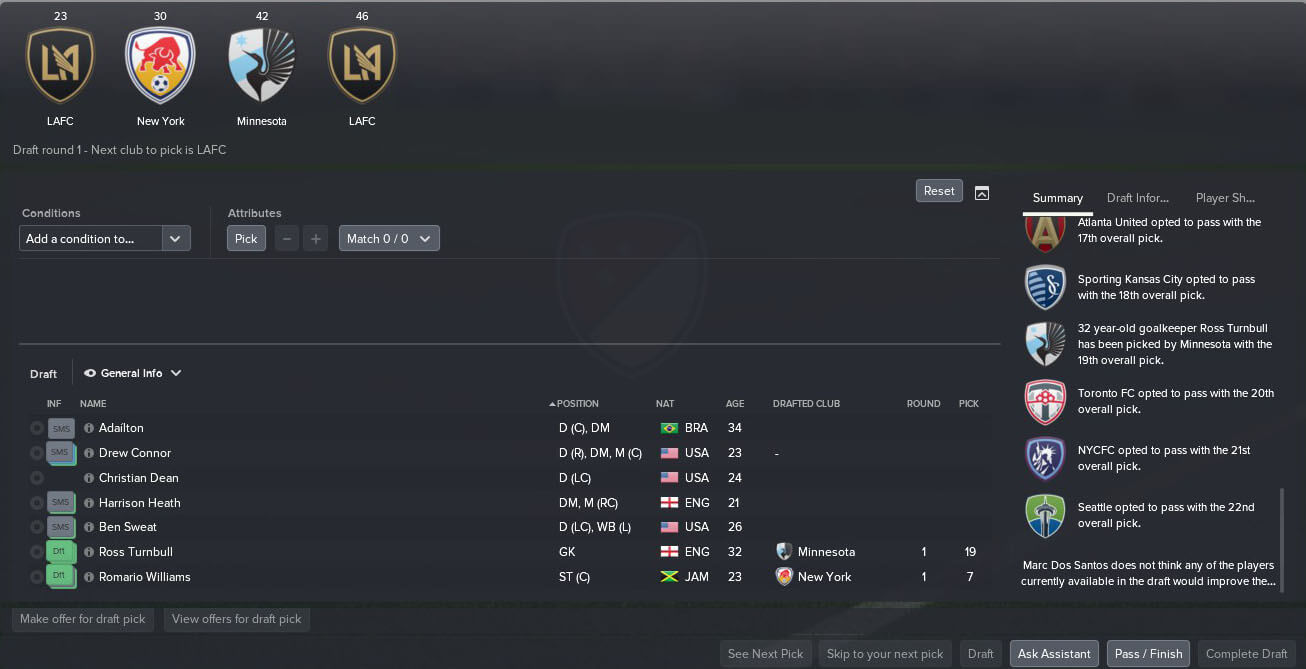
The SuperDraft is the first draft of the calendar year, and it takes place in early January. You can’t participate in the 2017 SuperDraft, but they start annually occurring in 2018. The SuperDraft is a four-round event where teams take turns picking newgens who are in their early 20s. These are young college-level players looking to step up from amateur school ball to the professional game. They participate in a series of “combines” in the weeks leading up to the event. These are practice sessions and matches that provide a news report saying who’s been doing well or poorly to give teams an idea of who to look out for to select.
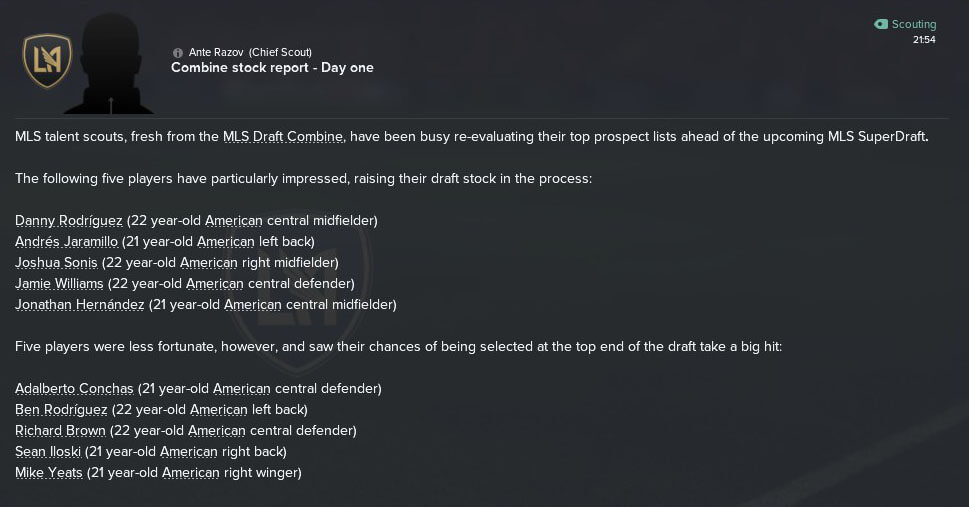
Re-entry and Waiver draft
The MLS Re-Entry Draft, which occurs in December, enables veteran players who are out of contract or whose options haven’t been triggered by their teams to be drafted into a new team for the upcoming season, with the team then activating that player’s options for contract extension themselves or offering a new contract to the player. These players are all 23 years or older and with experience in MLS. There is also a minor waiver draft for players who have been ‘waived’ by the teams and allowed to leave, but don’t meet the age or MLS service requirement to participate in the Re-Entry Draft. Since they are functionally identical, we’ll only discuss the Re-Entry Draft, though.
The Re-Entry Draft consists of two stages of two rounds both spread a couple of days apart. If a team doesn’t find a player they like in the draft, they can pass on their pick and they exit out of that stage of re-entry. This draft often turns out poorer quality players who weren’t able to make a lasting impact at their, and most of the players on any given year tend to not be worth picking, though once in a while a hidden gem can be found or a decent backup can be picked up.
Expansion Draft
The last major draft in the game will occur just one time for Los Angeles FC when it joins the league in 2018. The Expansion Draft is a draft just for expansion teams to help them build up a roster for the upcoming season. In an Expansion Draft, each team names 11 players from their roster as “protected players” who are exempt from the draft, and the rest of the players are eligible to be picked by the teams joining the league in a short five round draft to grab a small selection of veteran players to join the new team. In this draft, LAFC will have five picks, and once a player has been selected, the rest of that team’s players are now safe from being selected and return to their original clubs.
There you have it. It’s a bit of a lengthy post, and if you’re read my massive MLS guide, there’s not really any new information in it, but as I said before, I consider these to be the things you absolutely must know before starting your tenure at a Major League Soccer stuff. The rest of the stuff in the guide can be thrown out and learned on the fly if you wanted to experience it yourself.
I hope this was an informative guide, and I’ll be back to Earning Our Stripes in the next few days!



